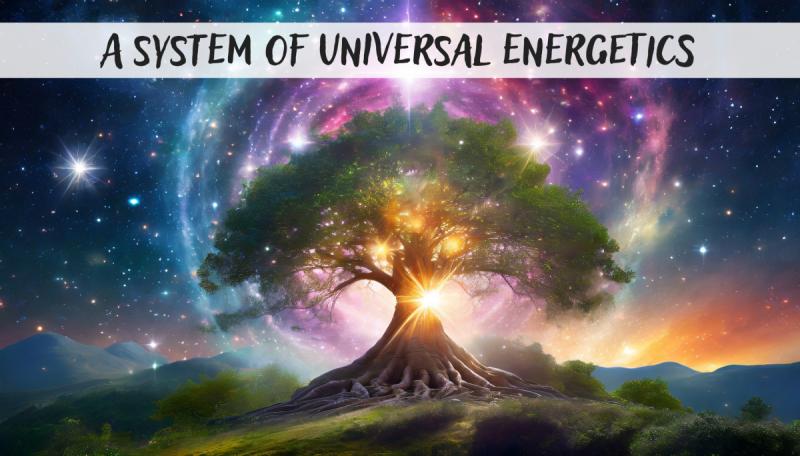
If you study traditional herbalism, you will encounter various energetic (also known as elemental) models. For example, in traditional Chinese medicine (TCM) you will learn about qi, yin and yang, and the Chinese five elements—wood, fire, earth, metal, and water. You’ll also learn about twelve flows of energy in the body called meridians.
If you study Ayurvedic medicine from India, you’ll also encounter a five-element model. In this case, the five elements are air, water, fire, earth, and ether. The combination of these forces creates three basic constitutional types, vatta, pitta, and kapha. You’ll also discover a concept called prana, which is similar to the Chinese concept of qi.
The first elemental model I became familiar with was the Western four-element model: air, water, fire, and earth. It was exploring this model that made me fascinated with energetics because a friend of mine and I worked out many traditional energetic models by just playing with the concept before I ever encountered them in written literature. That’s part of what convinced me that energetics was based on something real, and not metaphysical superstition.
I’ve been playing with energetics for many years and have applied it to herbalism, aromatherapy, and emotional healing, but I’ve also applied it to relationships, scientific ideas, communications, business, and much more. I’ve developed what I call a Universal System of Energetics that helps to explain energetics, not just in a historical light, but according to principles of science and nature we see all around us.
The class is free and consists of four lessons, listed below.
Become a Member to Watch A System of Universal Energetics
Steven Horne's member program includes monthly training in natural healing techniques using herbs, nutrition, dietary supplements and lifestyle changes as well as emotional healing and other holistic techniques through our webinars, including A System of Universal Energetics.
Steven has helped thousands of people succeed with herbs and natural healing. Sign up today and gain access to his powerful, practical insights to improve your health using herbs and natural healing and to help others do the same.
Sessions
Steven Horne's Member Program Benefit
A System of Universal Energetics is part of Steven Horne's Strategic Herbalist Member program.
If you are a member or have already purchased A System of Universal Energetics please log in.
-

Do You Feel Burned Out? October 2025 -

Natural Secrets to Healthy, Beautiful Skin November 18, 2025 6:00 pm MT -

Be Good to the Bone December 16, 2025 6:00 pm MT





